Choosing the right timber to make outdoor furniture can be daunting – especially when you have so many options to choose from. To help you make a decision that suits your needs, we’ve created a guide to the best timber species for building furniture, so you can find one that’s right for you.
Before we get into what timber species are better suited to the different types of outdoor furniture, we should highlight that there are two different categories of woods to choose from: softwood and hardwood.
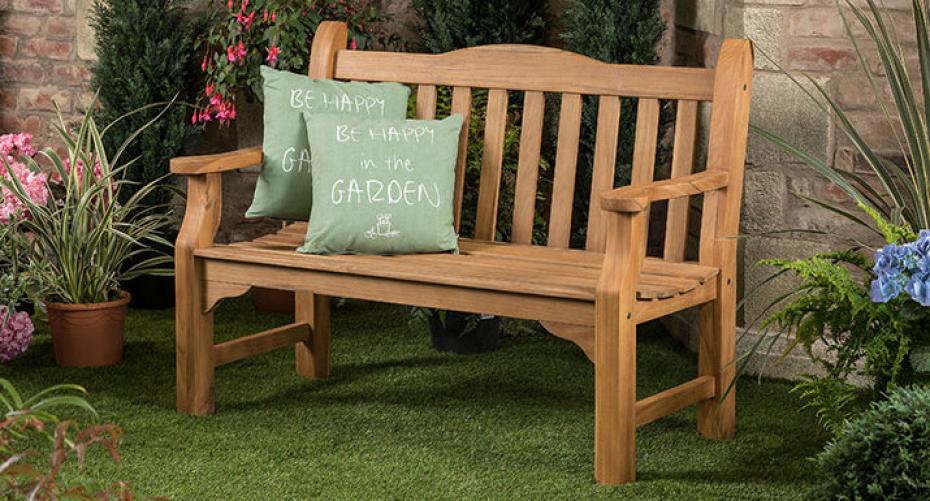
What’s the difference?
Hardwood
“Hardwood” timber is produced by angiosperm trees that have broad leaves and reproduce using flowers.
Hardwoods commonly take longer to grow, as their structure is more complex than softwoods. Therefore, as the name suggests, timber from hardwood trees is generally harder than that of softwood trees (although there are exceptions).
Softwood
The term “softwood” usually refers to timber from coniferous trees, which are commonly evergreen trees.
Softwood trees tend to grow faster, with lower density in cell structure than hardwoods – meaning that they’re generally not as hard. This makes softwood quicker to replace after felling, as well as easier to mill and work with for tradesmen and DIY projects.
What are the best timber species for building outdoor furniture?
Treated pine (Pinus elliottii)
Treated pine is one of the most commonly used materials for making furniture, because of how easy it is to shape. It’s particularly well-suited for creating curved and ornate furniture! Its light textures and shades also make it incredibly easy to paint and stain.
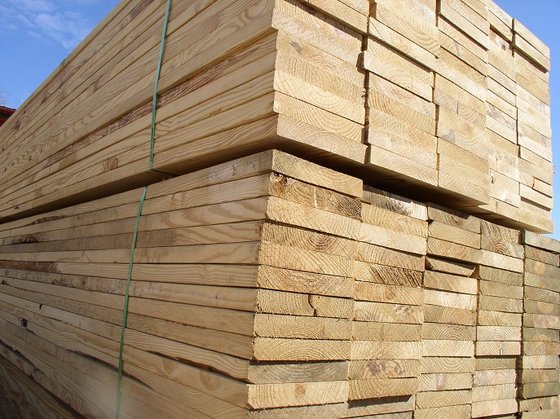
Another benefit of treated pine is its affordability and long-term resistance to moisture, insects, and decay. If you’re looking for a piece of timber with a distinct curved grain and knots, you should consider pine as your material of choice.
Ironbark (Eucalyptus sideroxylon)
Commonly found in south-east Queensland, Ironbark is a quality timber that’s often used for outdoor furniture.
Its unique dark colouring and beautiful interlocking grains make it an ideal choice for those looking to give their home exterior a rustic and natural look. Don’t be surprised to see several distinctly different tones within one piece of this timber!
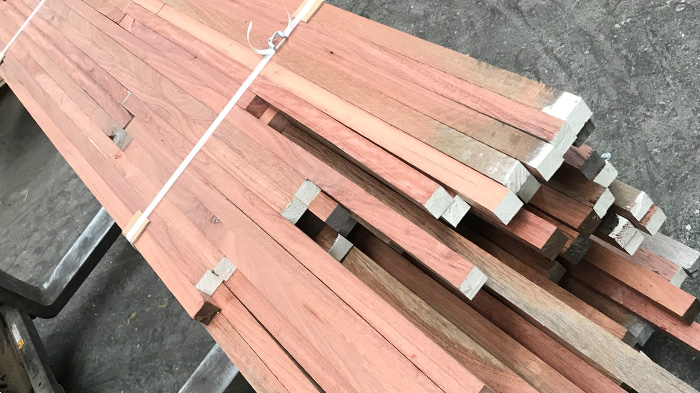
While some find Ironbark difficult to work, its density and durability make it one of the strongest timbers to craft furniture with. Because it’s also resistant to lyctid borers and termites, you can be sure that your Ironbark furniture will last a lifetime.
Merbau (Insia Bijuga)
Boasting an excellent level of natural strength and durability, Merbau (or Kwila) has become a widely popular choice for outdoor furniture.
One of the biggest advantages of Merbau is that it’s particularly resistant to termite and lyctid borers. Even in areas where these pests are common, Merbau furniture won’t degrade or deteriorate.
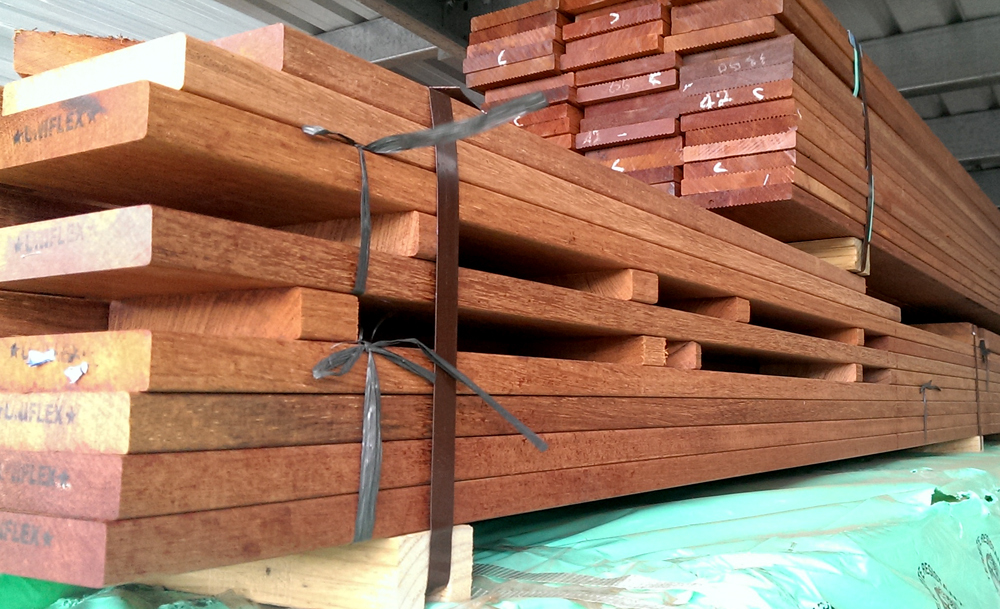
When Merbau is harvested, the heartwood is a beautiful orange-brown colour. As it ages, it darkens into a gorgeous red-brown that makes furniture – no matter what kind – highly attractive. Merbau also boasts a wavy, interlocked grain that adds an unforgettable aesthetic to furniture.
White Mahogany (Eucalyptus acmenoides)
White Mahogany is one of the most expensive woods available for furniture-making, and it’s often reserved for fine and high-quality furniture. Characterised by its pale straw colour through to a light red-brown hue, Mahogany’s luxurious shade that makes any piece shine with elegance.
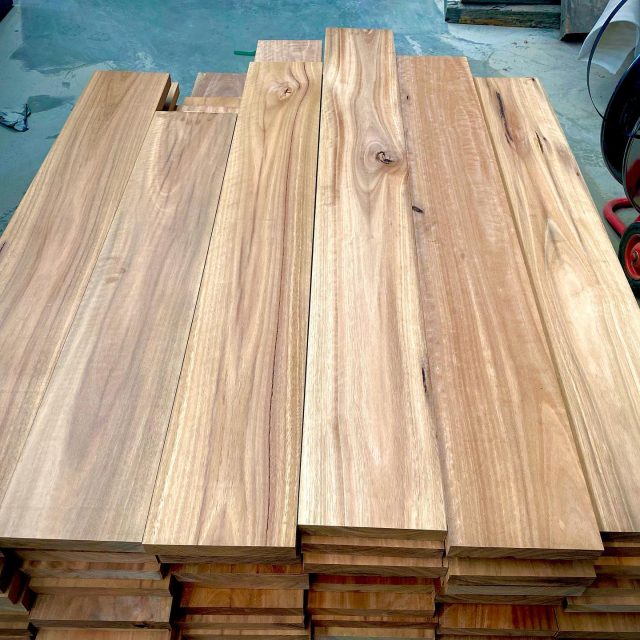
If you’re looking to customise your outdoor furniture, don’t fret! You can carve Mahogany with intricate details and it stains beautifully. This unique trait has made Mahogany a crowd favourite among Australian homeowners.
To keep your mahogany furniture glowing, consider applying an oil-based solvent to the surface. This will not only bring out its natural beauty, but also protect the wood for years to come.
